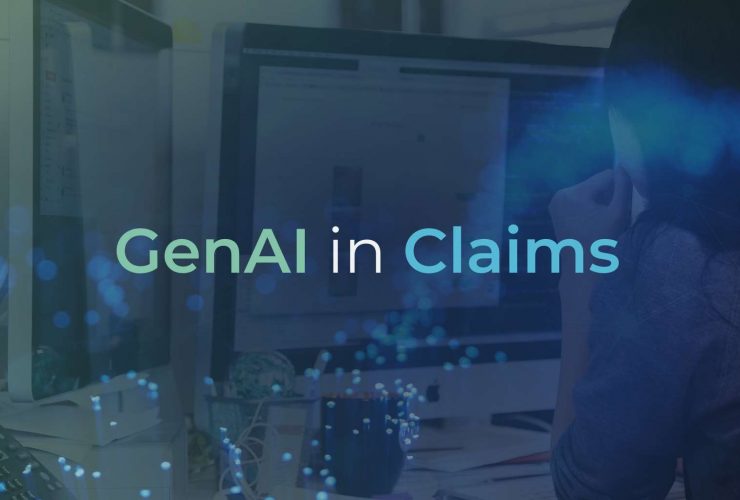From Claims Chaos to Intelligent Control
How GenAI + Lakehouse Are Redefining Claims and Fraud in Insurance
Executive Summary
The insurance sector is undergoing a fundamental reset. Traditional claims and fraud management models built on fragmented data, manual review and rule-based systems are being outpaced by AI-driven, data-unified operations.
Modern lakehouse architectures combined with Generative AI are enabling insurers to automate claims adjudication, improve fraud detection accuracy and accelerate customer settlements, while maintaining full governance and auditability.
- Why the Shift is Inevitable
Claims are the moment of truth for every insurer. Yet legacy systems have made them slow, inconsistent and vulnerable to fraud leakage. Data fragmentation, manual document reviews and limited insight into real-time behaviour have constrained both efficiency and trust.
AI and GenAI change that equation. But their success depends on one architectural evolution – the Lakehouse – a single, governed environment that merges the flexibility of data lakes with the performance of warehouses. It enables AI to access structured, unstructured and image data in one place securely and at scale.
- How AI + Lakehouse Reinvent Claims
| Stage | Before | After (AI + Lakehouse) |
| FNOL & Intake | Manual data entry, email chaos | AI extracts info, validates, and routes claims automatically |
| Assessment | Humans read reports, repeat work | GenAI summarises and flags anomalies instantly |
| Decisioning | Rule-based approvals | AI-driven scoring, context-aware recommendations |
| Fraud Detection | Post-event investigation | Real-time anomaly detection, pattern and network analytics |
| Audit & Compliance | Manual reporting | Automated lineage, explainability, and governance built-in |
The result: claim cycle times reduced by 60–80%, fraud detection accuracy up to 90%, and improved customer trust through transparency and speed.
- Preventing Fraud Before It Happens
Modern fraud detection no longer depends solely on rules. AI models trained across unified lakehouse data spanning claims, telematics and external networks detect unseen patterns and relationships.
- Graph analytics reveals fraudulent connections between brokers, garages, and claimants.
- Image analysis spots reused or manipulated photos.
- GenAI cross-references claim narratives and external data sources for inconsistencies.
This is not just fraud detection – it is fraud prevention at the point of submission.
- Strategic Imperatives for Insurers
- Build a unified lakehouse as your AI foundation.
- Start with low-risk claims to prove ROI, then scale.
- Integrate human-in-loop AI for explainable, auditable decisioning.
- Ensure governance and fairness frameworks to meet regulatory standards.
- Create a culture where AI augments expertise, not replaces it.
- The Payoff
Insurers adopting this model achieve:
- 70% reduction in manual effort
- 3× faster claims resolution
- 40% drop in false fraud flags
- Double-digit customer satisfaction growth
The competitive gap is widening not between those who use AI, but between those who trust their data foundation enough to let AI make decisions.
Conclusion
AI and modern data architecture are not just technological upgrades, they are cultural revolutions in how insurers deliver trust.
The future of claims is not automation. It is intelligence, accountability and empathy at scale – powered by data that finally works together.
See examples of DataWalk implementation case studies that have helped address fraud prevention.
SSG Security And MiWay Insurance
#InsuranceInnovation #AIInInsurance #FraudDetection #ClaimsTransformation #DataLakehouse #GenerativeAI #InsurTech #AIDrivenInsights #SmartClaims #FutureOfInsurance





